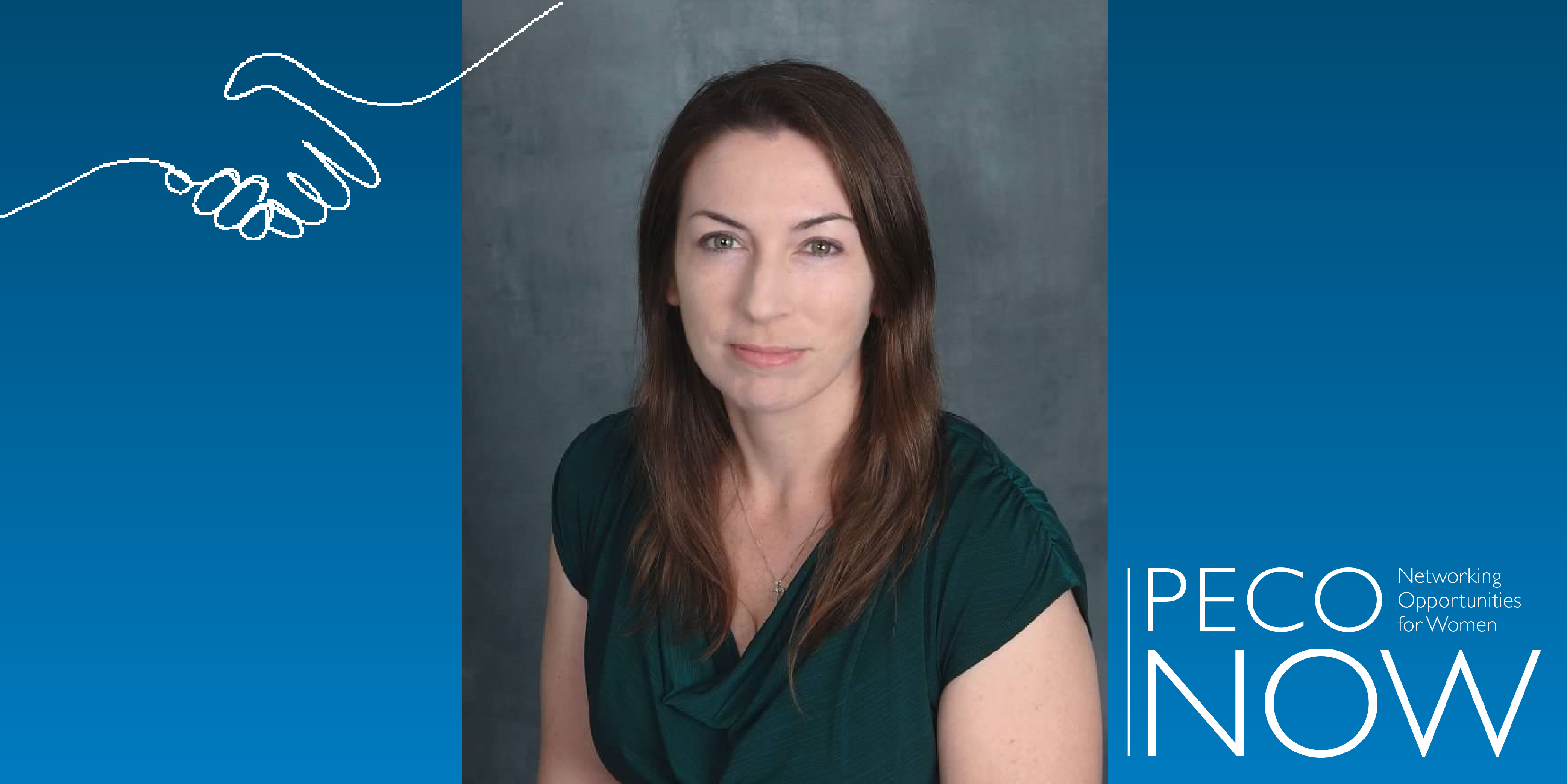You’ve probably heard of the golden rule: treat others as you would like to be treated. But are you familiar with the platinum rule? It is to treat others as they would like to be treated.
The platinum rule should be a priority for all leaders. Let me explain.
The people on your team do not all work the same way or have the same behaviors or the same needs. A good leader practices the golden rule, treating other people with respect and courtesy. A great leader uses the platinum rule. He or she adjusts their style to meet the needs of each person on the team. As leaders, the most effective way to accomplish our goals, big or small, is to play to each team member’s strengths and to understand what motivates each person.
Consider this example. Sue manages Beth, who prefers very little structure and works best when she feels connected to her coworkers. Bill also works under Sue’s supervision and works best when he can be alone in a quiet environment to complete his work. As their leader, Sue must find a way to keep both of them engaged and productive. Beth will likely benefit from being engaged in extracurricular work events and having a chance to stay caught up with coworkers. Bill will appreciate being kept free from distraction and will not require the same level of social interaction. By taking into account each person’s personality and motivations, Sue is practicing the platinum rule. But the challenge is twofold. First, Sue must be able to identify what her team members need and want. Second, she must identify her own style and work to adjust it according to those she works with.
In my previous blog, I discussed PECO’s four leadership traits: Authenticity, Acumen, Action and Agility. I also discussed some of the tools and resources we provide to our associates and leaders to help them continuously develop their leadership skills. One of those tools is the DiSC assessment. A comprehensive personality and behavioral profile focused on work habits and tendencies, DiSC gives our team the insights and common language to understand our differences and find ways to bridge them. It is also an extremely valuable tool for leaders as they strive to effectively lead their teams.
In our earlier example, Sue may have used the DiSC profile to realize that she, like Beth, enjoys social time and finds it motivating to be on friendly terms with the team. Through her team’s individual DiSC profiles, she may have also realized that while Beth is a lot like her, Bill is very much the opposite. Sue will find it easier to accommodate Beth’s preferences, but she will need to stretch her own comfort zone when working with Bill. She will need to treat people as THEY want to be treated in order to reach the team’s highest potential.
I manage a wide variety of people, with distinctly different personalities, motivators and needs. I am not recommending that a leader needs to radically change their style, but simply adjust it according to their people. With some team members who prefer structure and frequency of interaction, I may meet weekly with a formal agenda, but I may speak less frequently and more informally with others. Some people want public praise and others cringe from the spotlight. I try to reward or praise them based on their preferences and consciously apply the platinum rule to each person in order to help them remain engaged and motivated. It takes more time, more thought and more effort, but individualizing your leadership style based on your team can reap significant rewards. The golden rule is for good leaders. The platinum rule will help you to be a great leader.
Published On Jun 06, 2018
in Leadership & Development and PECO Culture





